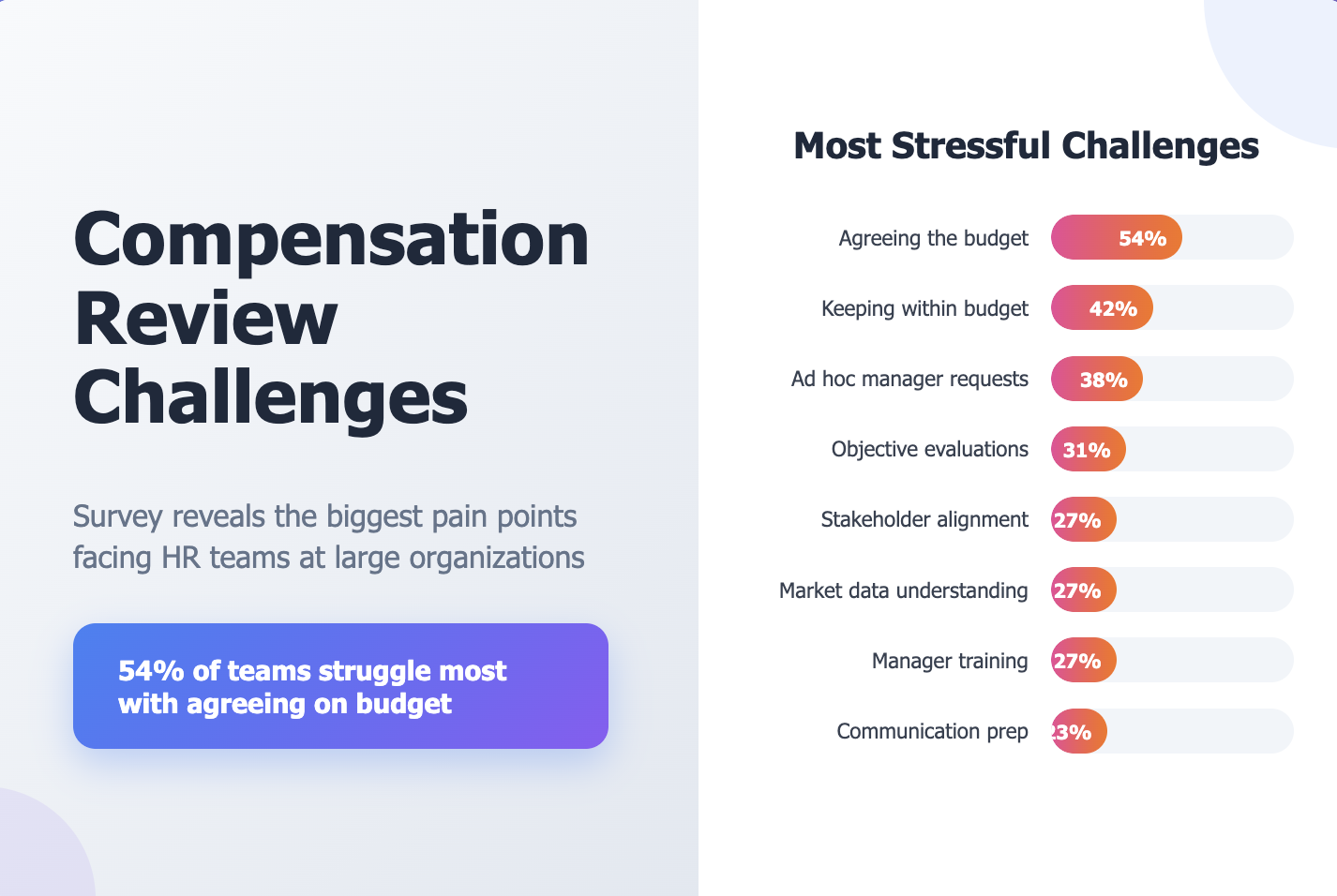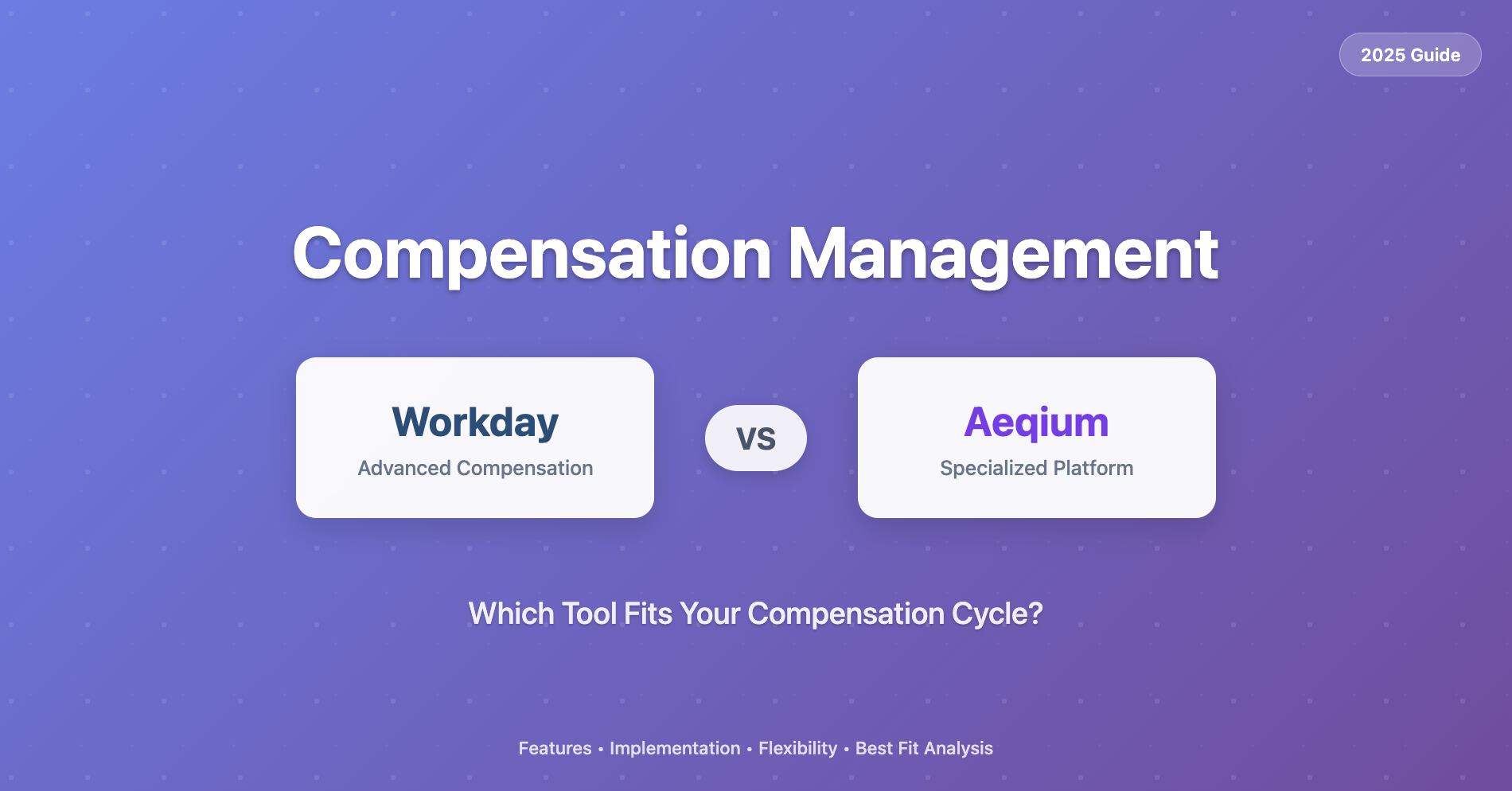Employee Retention Strategies: Getting Creative with Monetary and Non-Monetary Compensation

Every people team knows it’s really hard work keeping your best people on board.
Top talent is constantly bombarded with attractive offers, often featuring better salaries, benefits, or opportunities for advancement. So pay them more, right? If you had unlimited resources, this would be a great option, but even then, plenty of other factors are in play.
To help you keep your people from dreaming of potentially greener pastures elsewhere, we spoke with Alpine Rewards’ Founder & Managing Director, Rob Surdel, and Managing Director of Employee Rewards, Octavio Cardenas, about employee retention strategies.
Let’s dive into the roles of goal setting, communication, and creative planning in improving employee retention 👇
Identifying your employee retention goals
Every good strategy starts with “why?” and retention is no different.
To create the best retention strategies, it’s important to consider what “retention” actually means to your organization. People teams often view retention as their ability to prevent employee turnover across the entire organization.
However, smart retention strategies aren’t about keeping every team member for the long run; it’s about retaining the top talent that will help the company hit its goals while staying true to its culture.
Being proactive in identifying retention goals and planning to meet them is essential. Waiting until there is a problem to act puts the company at risk of missing major goals.
Need to launch a new product this year? You’ll probably need your best engineering talent onboard and motivated.
Expecting a major lift in new customers? It’s probably time to lock in your best customer success leaders.
Clearly map your retention goals to company goals and invite feedback from executive leadership. Getting everyone aligned on goals will help you take the next step…
Identifying Employee Retention Levers
Once the people team, executive leadership, and functional leaders are aligned on the short- and long-term retention goals, it’s time to identify which levers you should pull to reach them.
The first step here is intentionally creating your employer value proposition; what monetary and non-monetary rewards and benefits do you offer as an employer, and how do they compare to other businesses?
Monetary Rewards
- Competitive salary
- Performance bonus
- Stock options or restricted stock
- Student loan repayment
- Health benefits
Non-monetary Rewards
- Health & wellness programs
- Career advancement opportunities
- Flexible working arrangements
- Professional development opportunities
- Culture and work environment
- Recognition and rewards programs
“Being able to really understand and own who you are, why you're different, and why people want to work for you versus somewhere else; these are the building blocks to making sure you have an effective program design.” said Rob Surdel.
The next step is to evaluate perceived strengths and weaknesses. This involves showcasing strengths to employees and pinpointing areas that require enhancement to better retain talent and achieve business objectives. Conducting informal interviews or an employee survey is an invaluable tool in this process, offering essential data that can guide informed decision-making and strategy refinement.
For the compensation portion, consider the overarching objective and behaviors you want to reward, with the goal of fostering motivation and commitment. A well-thought-out long-term compensation strategy can reward immediate performance and encourage a vested interest in the company's future success.
Choosing Where to Invest in Your Employee Retention Strategy
Understanding your employer priorities is essential for informed financial decision-making. A detailed analysis is crucial in shaping competitive cash and equity budgeting strategies that align with your brand's unique profile.
“Really, what is the driving behavior we want? With that in mind, what tool, whether it's variable short-term incentive cash or long-term equity, do we use to make that behavior happen?” said Octavio Cardenas.
Cash Budgeting: In planning for the next fiscal year, companies scrutinize their cash budgets by analyzing market data and reviewing past actions, like inflation adjustments. Current market dynamics, including layoffs and economic downturns, significantly influence these decisions.
For instance, a company may forgo a merit cycle to cut costs, highlighting the importance of strategic financial decisions that support the company's long-term sustainability.
Equity Budgeting: Companies must evaluate equity budgeting, particularly considering significant market value changes. Rob and Octavio warn against relying solely on prior year benchmarks for equity valuation, which could lead to issuing more shares due to current depressed prices. Alternative approaches should be considered, focusing on dilution metrics like burn rate and the overall pool size available for equity distribution.
Recent trends, such as higher burn rates and supplemental awards in response to declining equity values, underscore the need for careful judgment. This involves considering factors like data lag, the specific context of the business, and overall affordability.
“It’s easy to get caught up in individual reward element silo evaluations, and you don't really take a step back and say, let me look at the overall picture. At the end of the day, every company needs to make deliberate choices. What's going to be our investment in people, what's going to be our investment in technology, what's going to be our investment in compensation, et cetera? So I think it's really making sure that companies spend enough time reflecting what they need to support the business, what kind of experience they're looking to create for their employees and also holding themselves accountable.” said Rob Surdel.
Better Communication = Better Retention
Communicating with employees about pay is one of the most impactful things you can do to improve retention.
A report by the Josh Bersin company found that well-communicated pay equity is 13 times more important in retaining and engaging your employees than higher levels of pay. Communication is what can make or break your retention strategy.
“When you’re communicating about the benefits of working for your company, zoom out. Put thought into what you’re saying and really help employees self-reflect on what they are getting here. How are we different? What's the value-adds beyond just the salary?” said Rob Surdel.
A well-designed compensation plan is only as strong as your ability to articulate it to employees. Create a well-documented compensation story, communicate it through as many channels as possible, and train your managers on the best way to reinforce it with their employees.
“You need to work on your employer brand and communicate it constantly with employees. One way teams can really change the conversation is to get employees involved as evangelists for the company to talk about how great it is. You can do video testimonials on the website or have employees join onboarding sessions where they discuss how much they enjoy the company.
Another consideration here is to get out ahead of pay transparency vs. doing the bare minimum. This builds trust and opens up communication with employees. The little things add up because the more you can get employees excited about where they work and who they work with, the better that translates to the rest of the organization.” said Octavio Cardenas.
Measuring your Employee Retention Strategy
Measuring the effectiveness of an employee retention strategy is crucial for any organization aiming to maintain a stable, productive, and satisfied workforce. The process involves a series of quantitative and qualitative assessments that help organizations understand the impact of their retention efforts.
Quantitative Measures
Turnover Rate: The turnover rate is the most direct metric for measuring retention. This is calculated by dividing the number of employees who left the company over a period by the average number of employees during that period. You should aim to measure voluntary and involuntary turnover separately to create a clear picture of how your strategy is performing.
While a lower turnover rate generally indicates more effective retention strategies, you should try to understand the differences in turnover for employees identified as top performers vs. those identified as underperformers. A higher turnover rate for underperformers can actually benefit your company in the long run.
Retention Rate: Inversely, the retention rate, which measures the percentage of employees retained over a specific period, offers a positive perspective on retention effectiveness.
Cost of Turnover: Understanding the financial impact of employee turnover is vital. This includes costs related to recruiting, training new hires, and the lost productivity during transition periods.
Employee Tenure: Analyzing the average tenure of employees can offer insights into the long-term effectiveness of retention strategies. Longer tenures usually signal a successful retention environment.
Qualitative Measures
Employee Engagement Surveys: These surveys provide insights into employee satisfaction, engagement levels, and areas needing improvement. Regular surveys can track changes in employee sentiment over time, correlating them with implemented retention strategies.
Exit Interviews: Conducting exit interviews with departing employees can provide valuable feedback on why employees leave and what could have been done to retain them. Don’t just assume that compensation is the issue; oftentimes, this is lower on the list of reasons an employee might leave.
Performance Metrics: Assessing changes in productivity, quality of work, and overall performance can indicate the effectiveness of retention strategies. Engaged, satisfied employees often show higher productivity and better performance.
Company Awards: Awards like “Best Places to Work” lists are leading indicators of improved employee satisfaction. These awards require proactive employee engagement and instill a level of pride for those who make the list.
“To test the competitiveness of their compensation, companies can look at their hit rate as far as how many candidates they are closing. How many times do they have to make exceptions for those candidates in order to kind of close the candidate? Are we hiring them at the level that we actually open the role at, or do we need to up-level? And then the side of retention, look at overall turnover. Has it gone down? Has it remained flat? Are we losing people we're okay with losing, or are we losing critical roles?” said Octavio Cardenas.
Retention remains a critical aspect of organizational success, and while various strategies can enhance it, effective compensation is fundamental. Aequium’s compensation planning tools offer teams the flexibility, automation, and control needed for faster, more efficient compensation planning, creating a solid foundation for improved employee retention.




